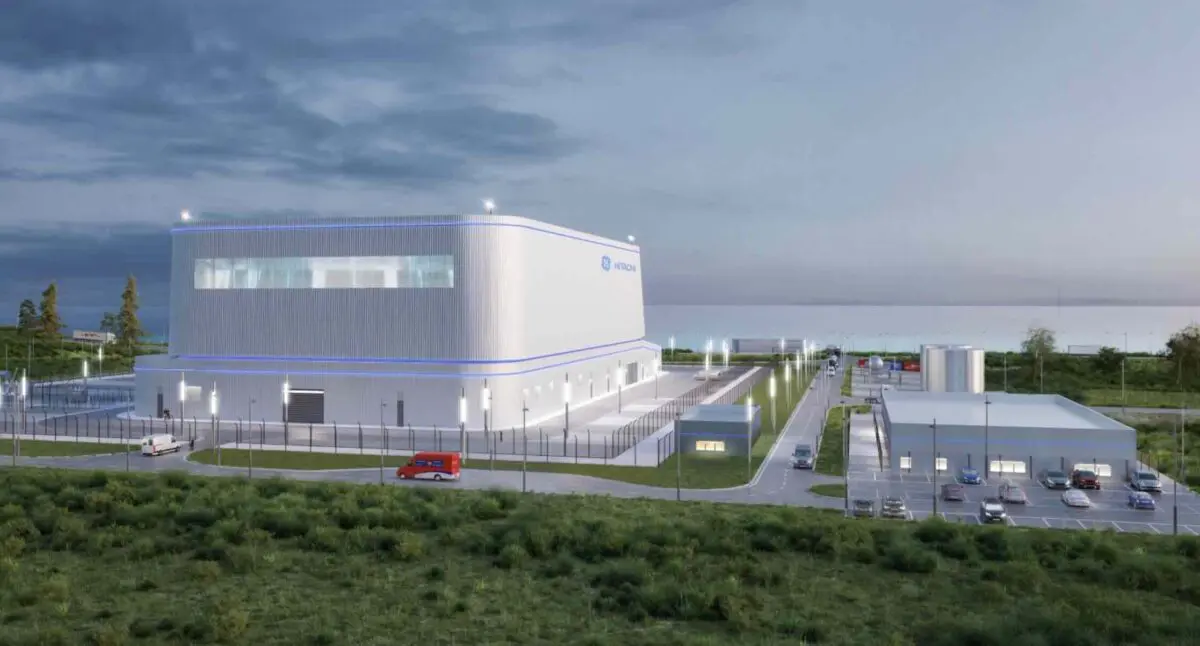Over the last few years, the CSIRO and the Australian Energy Market Operator have been under assault from the nuclear lobby and its amplifiers over their annual GenCost report, which rightly points out what has been obvious to most – new nuclear energy would be by far the most expensive power choice for Australia.
According to Paul Graham, the CSIRO energy economist who leads the team that prepares the draft and final GenCost reports each year, the nuclear activists have been a lot quieter this year – and that’s probably because the GenCost estimate has been proved right by real world experience.
“In 2024 we had 40 plus submissions that were really dominated by nuclear,” Graham says. This year, he says, there have been 23 submissions, and the ratio of nuclear submissions versus other technologies has flipped from around 80:20 in favour of nuclear to just 20:80.
“There has been a pretty big shift towards submissions from energy companies and those focused on the things that we’re actually building – you know, solar PV, wind, gas, battery storage, pumped hydro,” Graham says.
“That shift in this consultation was before the election, so you couldn’t say that the shift was because this is a post, post election thing. It’s a nuclear issue. I think maybe it was also because we’ve kind of run out of things to kind of debate about nuclear in some senses. So, yeah, that’s been a welcome shift.”
The reason, Graham suggests is the information that has emerged from Canada confirming the cost of four small modular reactors that are to be built in the province of Ontario, which already sources more than half of its generation from nuclear, and was held up by the nuclear lobby as an act to follow for Australia.
“The Darlington case is really important, because this has been the first commercial scale Western project, whereas prior to this, we’ve … been using information for things that haven’t really been built,” Graham says, in reference to the NuScale project in the US that was cancelled because of high costs.
“So they (Canada) have signed contracts with lots of suppliers. We think their numbers are pretty solid, even though they only just started the construction. So it’s $C21 billion for four 300 megawatt units.
“When you do the numbers at $A24,000 for the first unit, going down to $A16,000 Australian by the fourth unit. That’s pretty spot on with where we’ve been saying costs are for this technology.”
Canada expects to bring the first of these units online in 2030, and Graham notes that it is that country’s first nuclear build in 30 years.
“So it’s really significant for their country. And when you read all the background about this project, you get the sense that what the government are trying to do is to build an industry, not just a solution for electricity supply.
“You get the sense that they want to be a supplier of SMR technology globally. So it’s not just a pure play. They weren’t just trying to solve an electricity sector problem, they also trying to build an industry.”
The idea of “nation building” was behind the huge French investment in nuclear from the 1970s, but despite their expertise, and the domination of nuclear over their own generation industry, it too is struggling with nuclear costs.
The Hinkley Point C reactor in Somerset has blown out in costs to the equivalent of more than $A92 billion, and the UK has now admitted that the next project, the 3.2 GW Sizewell C, has experienced a cost blowout from £20 billion to £38 billion ($A78 billion). The project, first discussed in 2009, won’t be online until around 2039.
Giles Parkinson is founder and editor-in-chief of Renew Economy, and founder and editor of its EV-focused sister site The Driven. He is the co-host of the weekly Energy Insiders Podcast. Giles has been a journalist for more than 40 years and is a former deputy editor of the Australian Financial Review. You can find him on LinkedIn and on Twitter.

